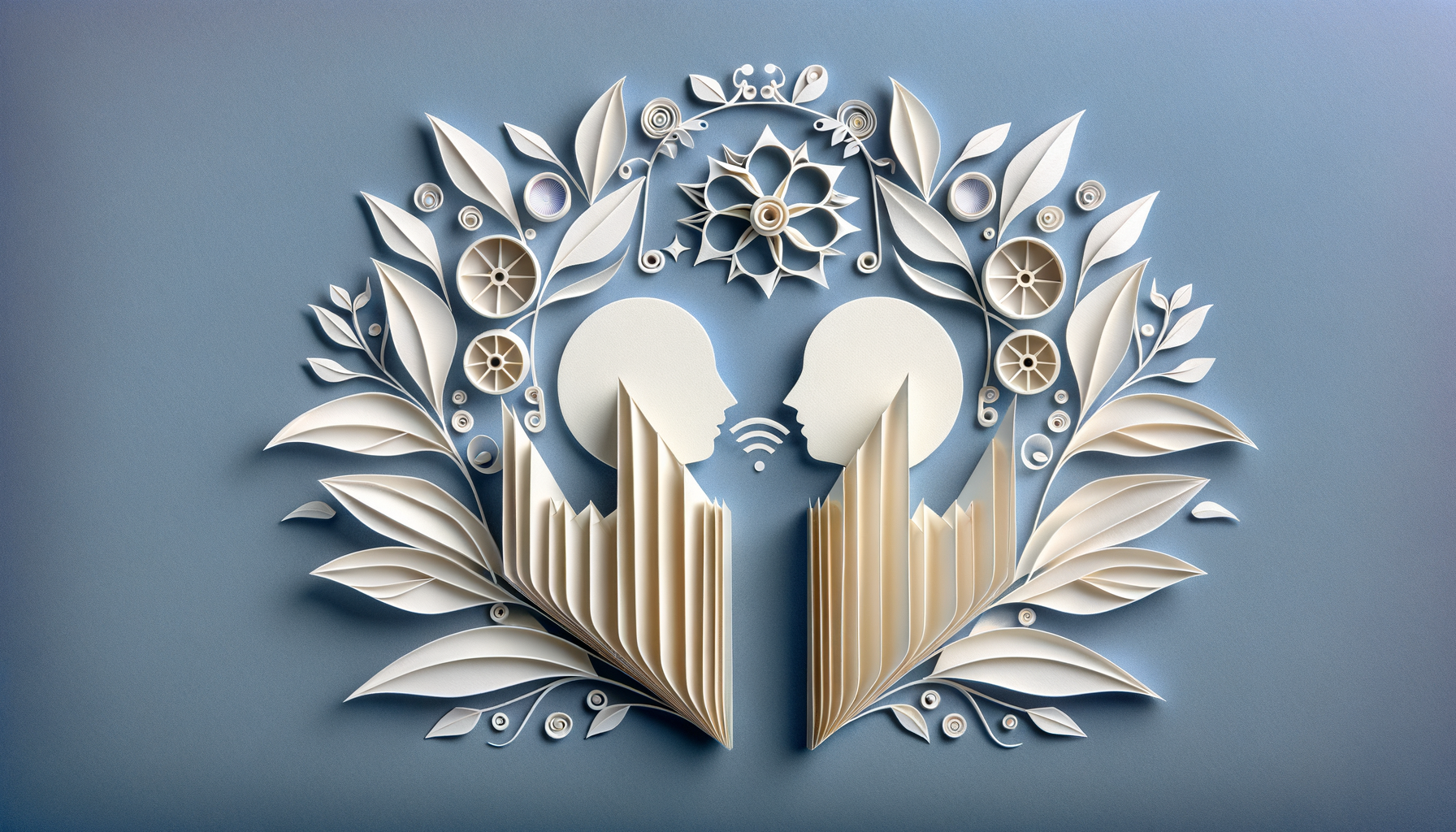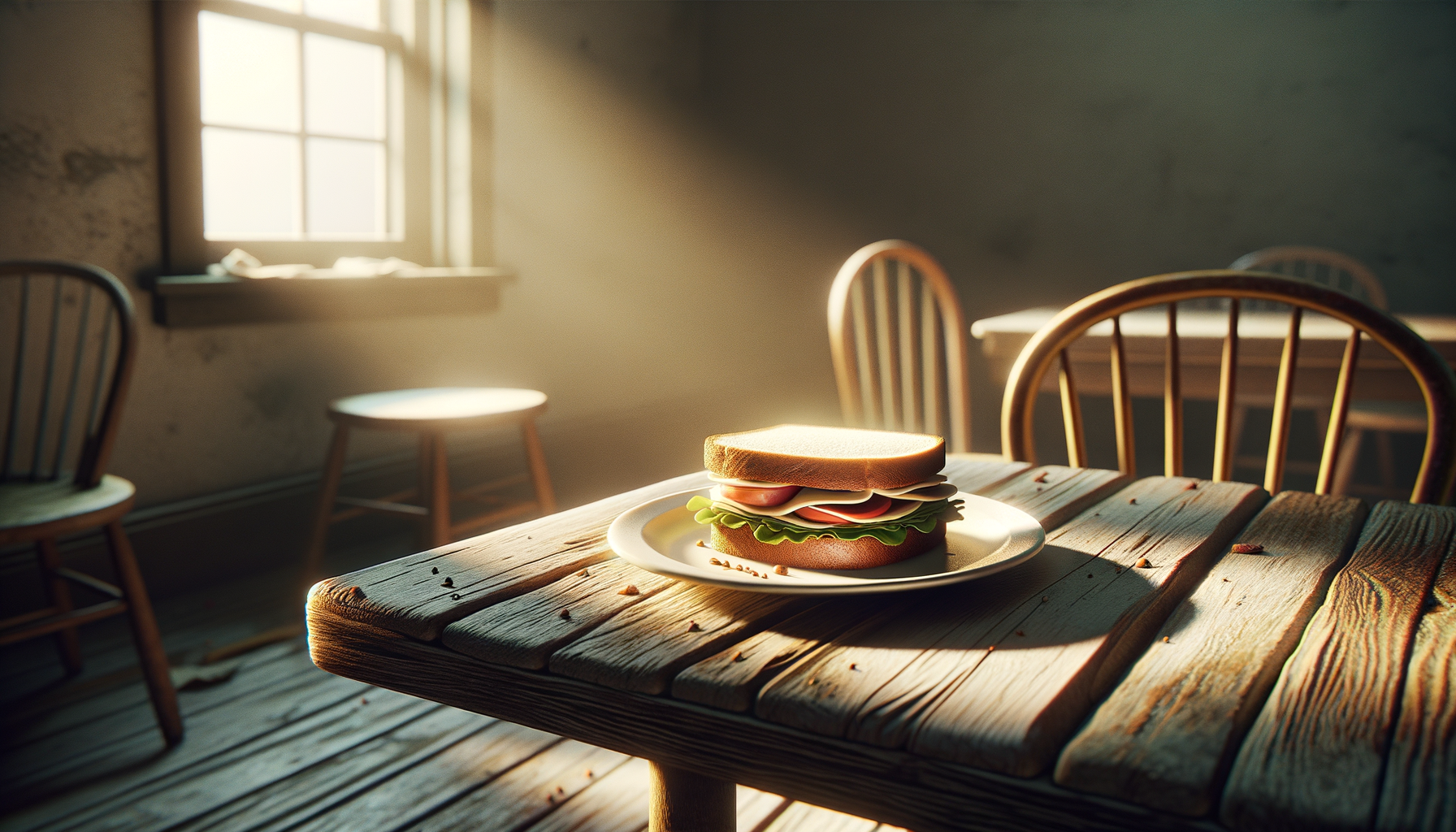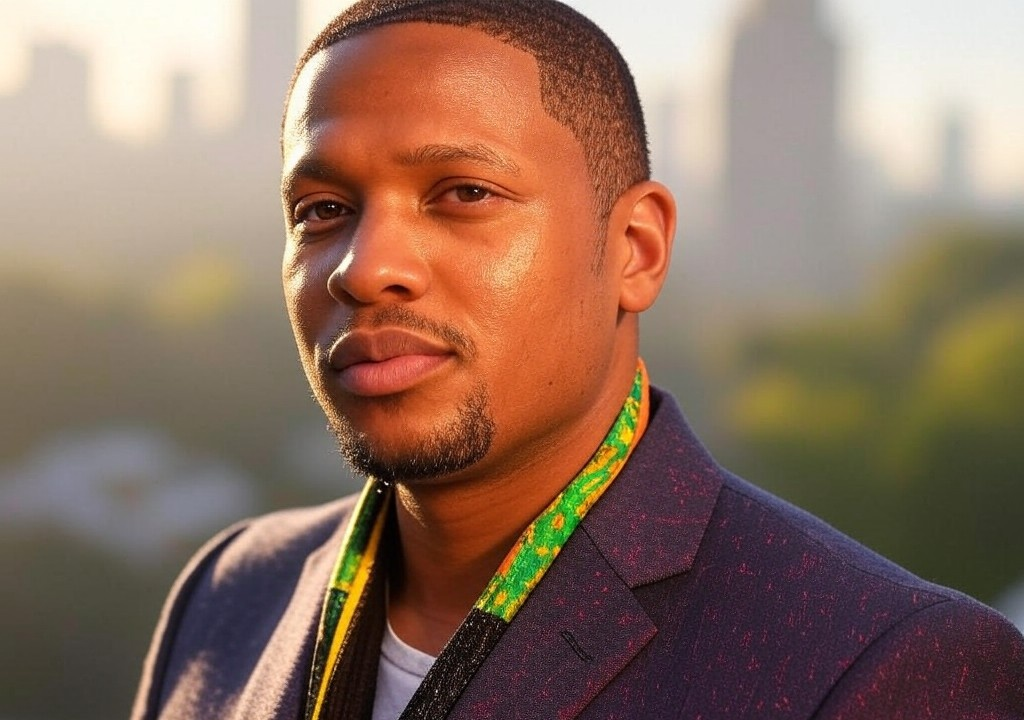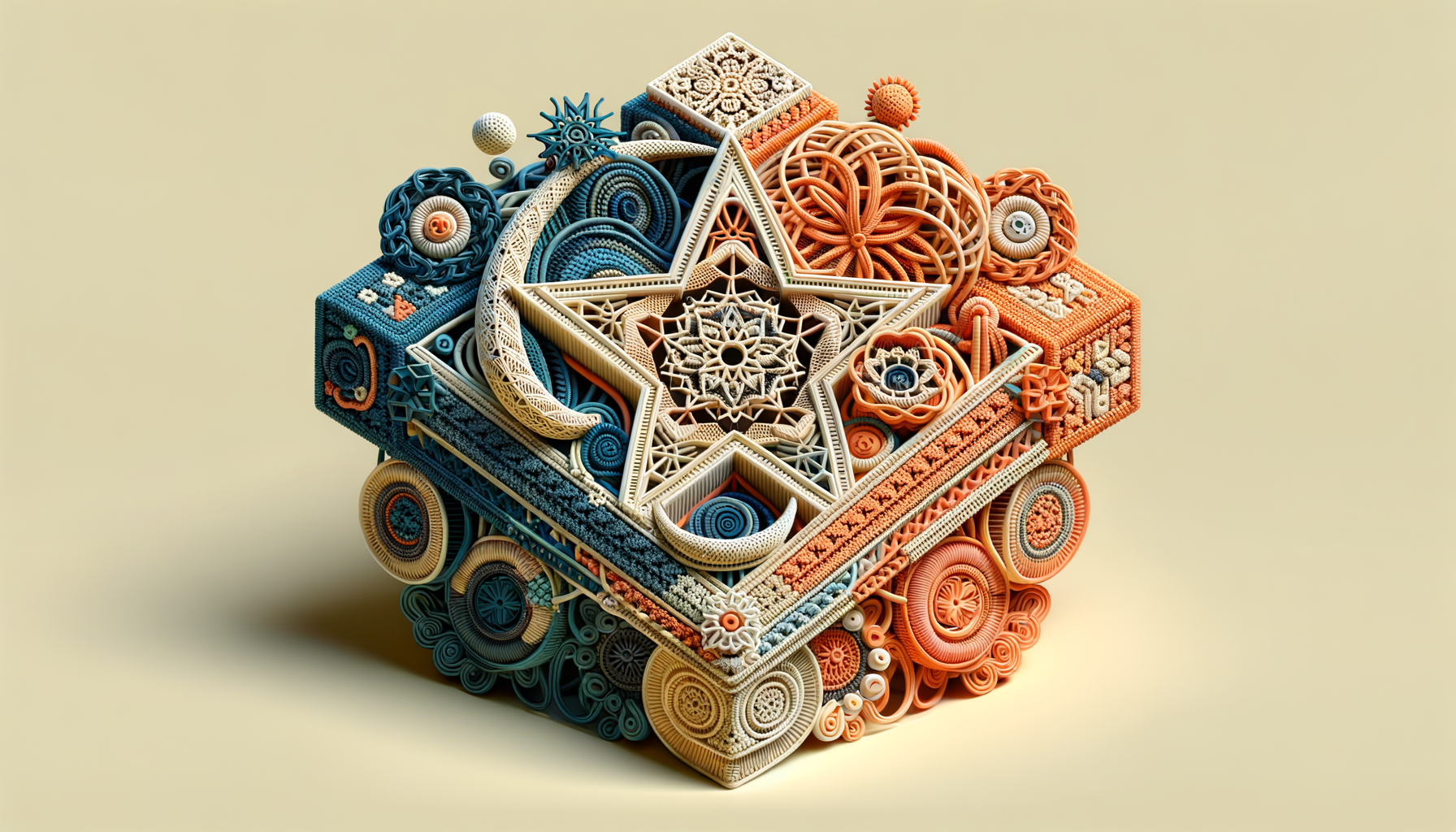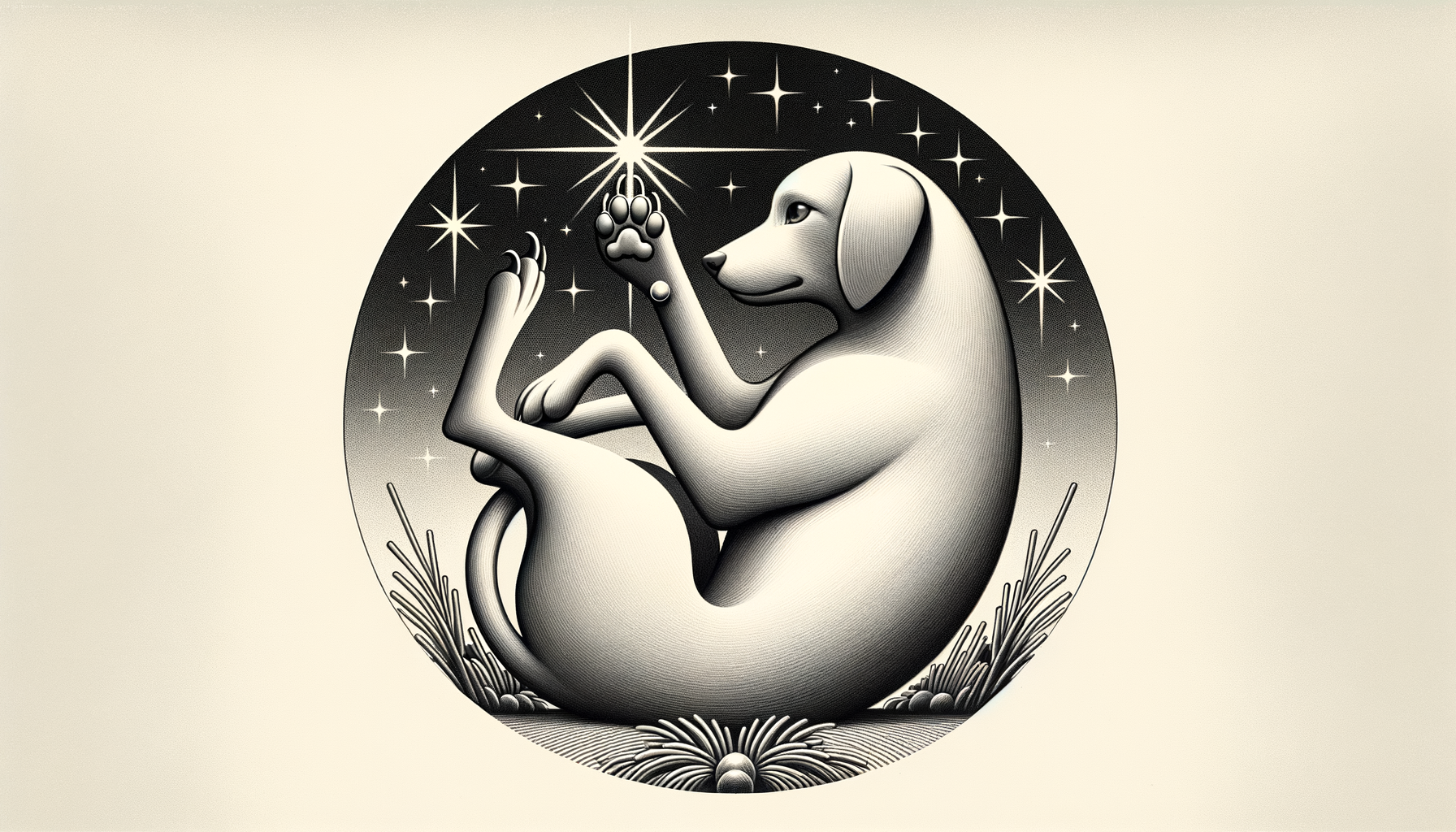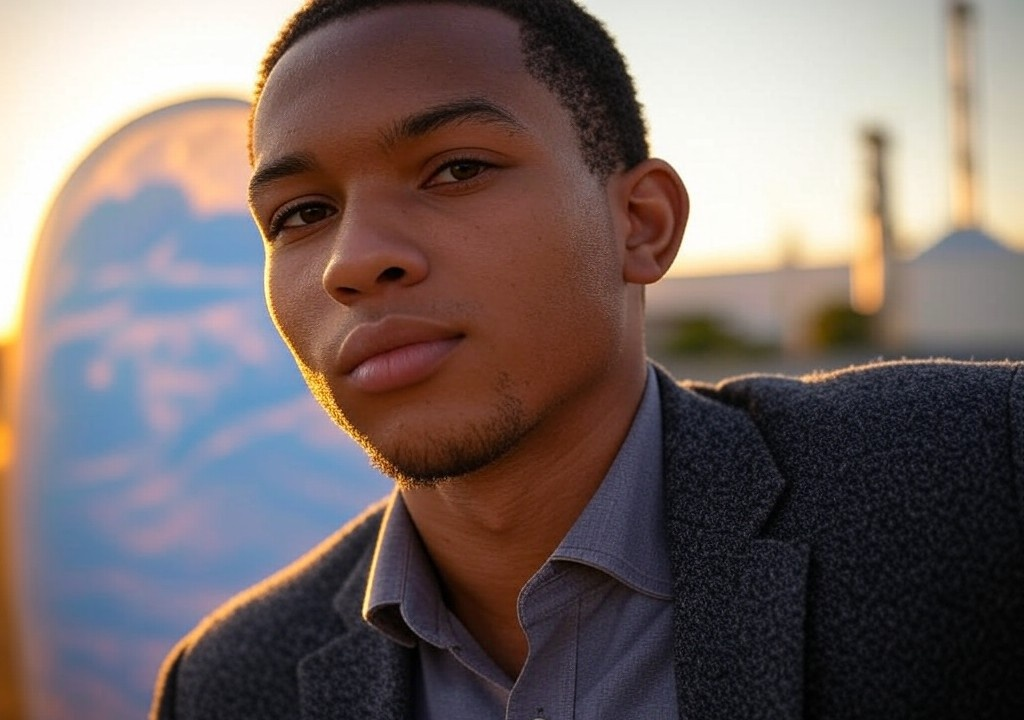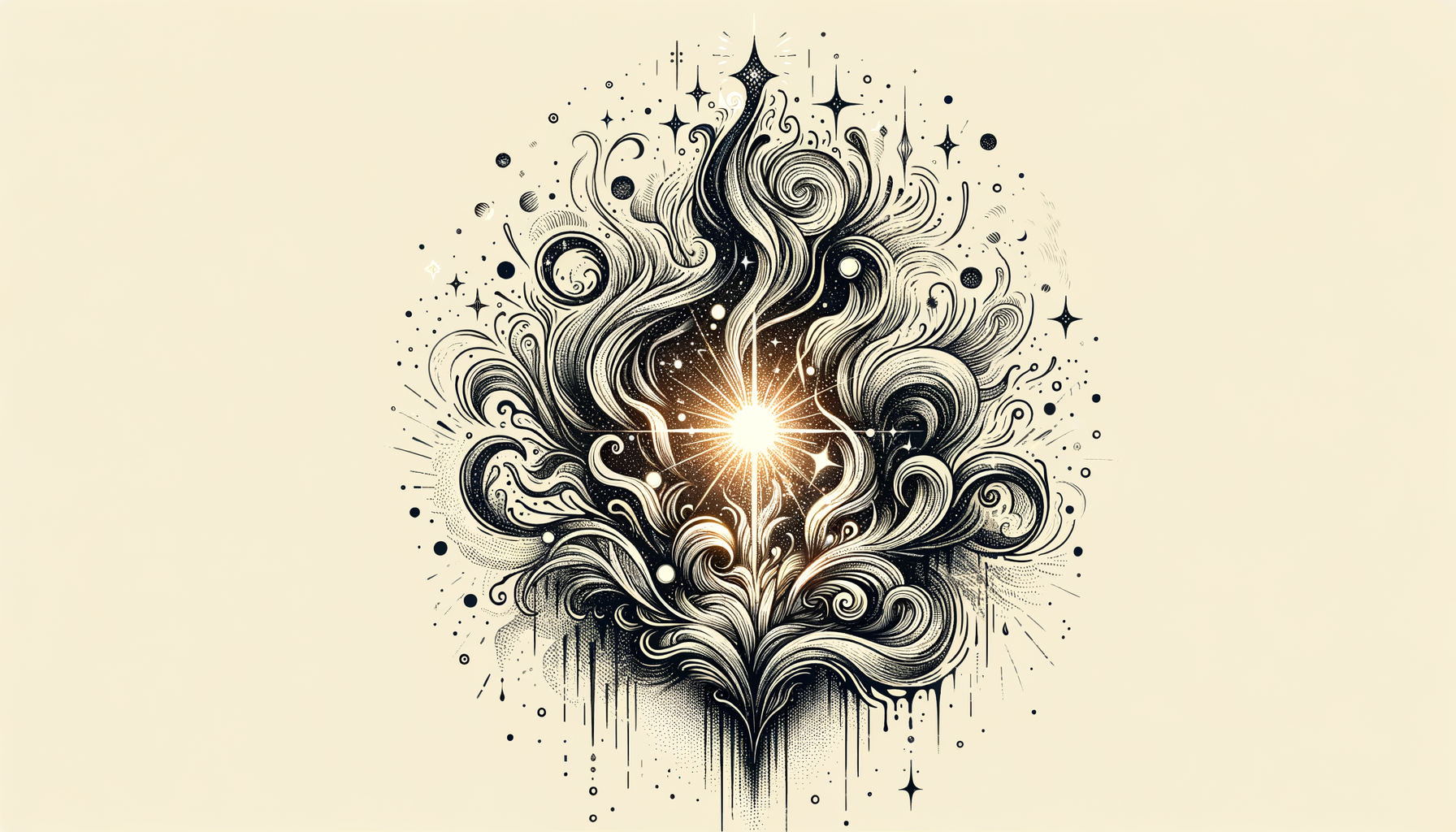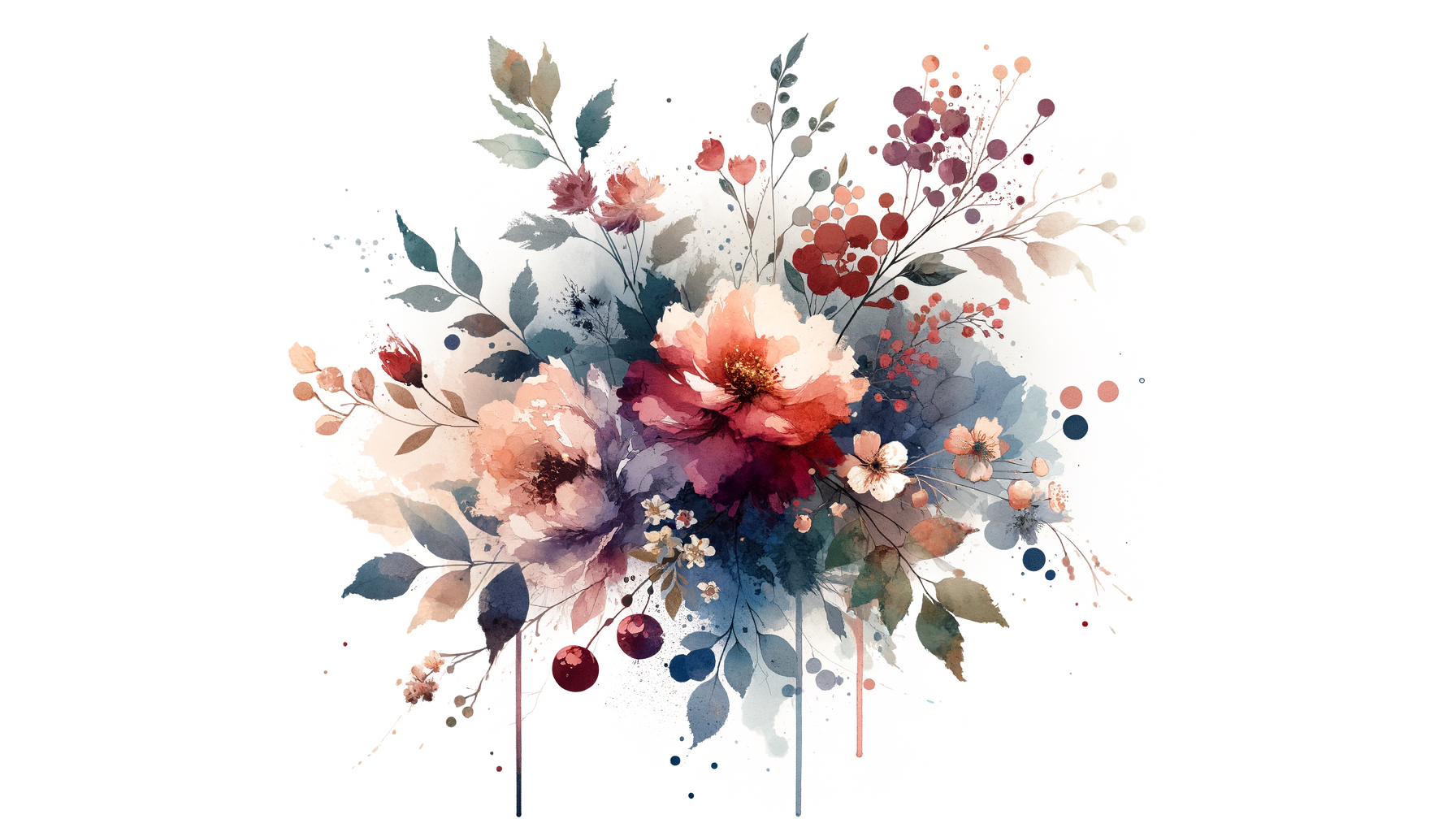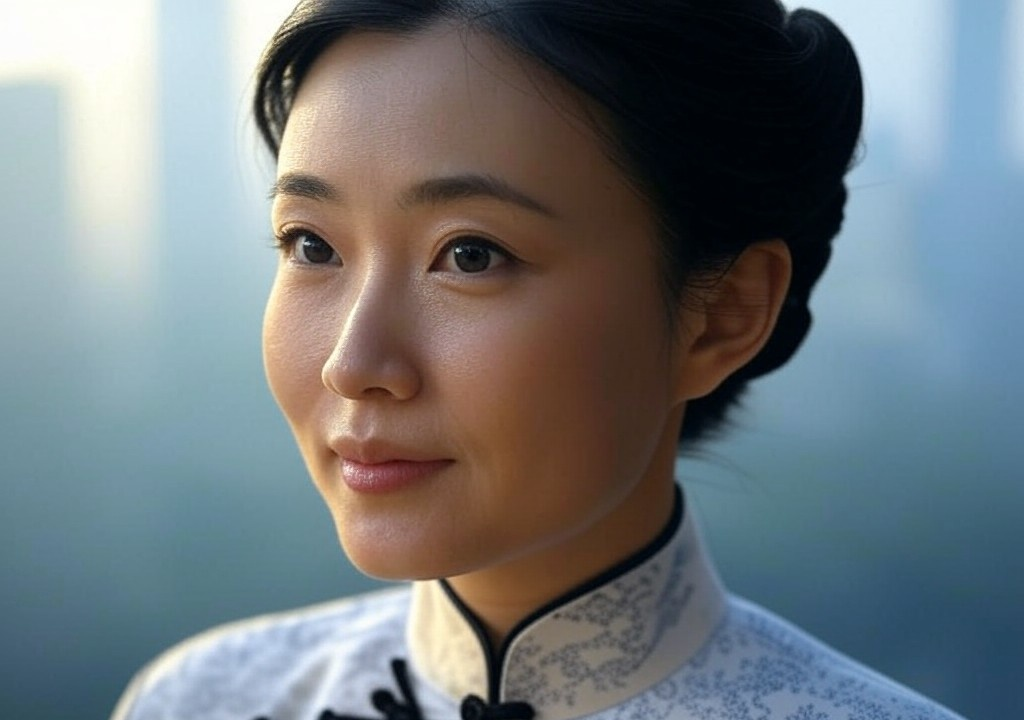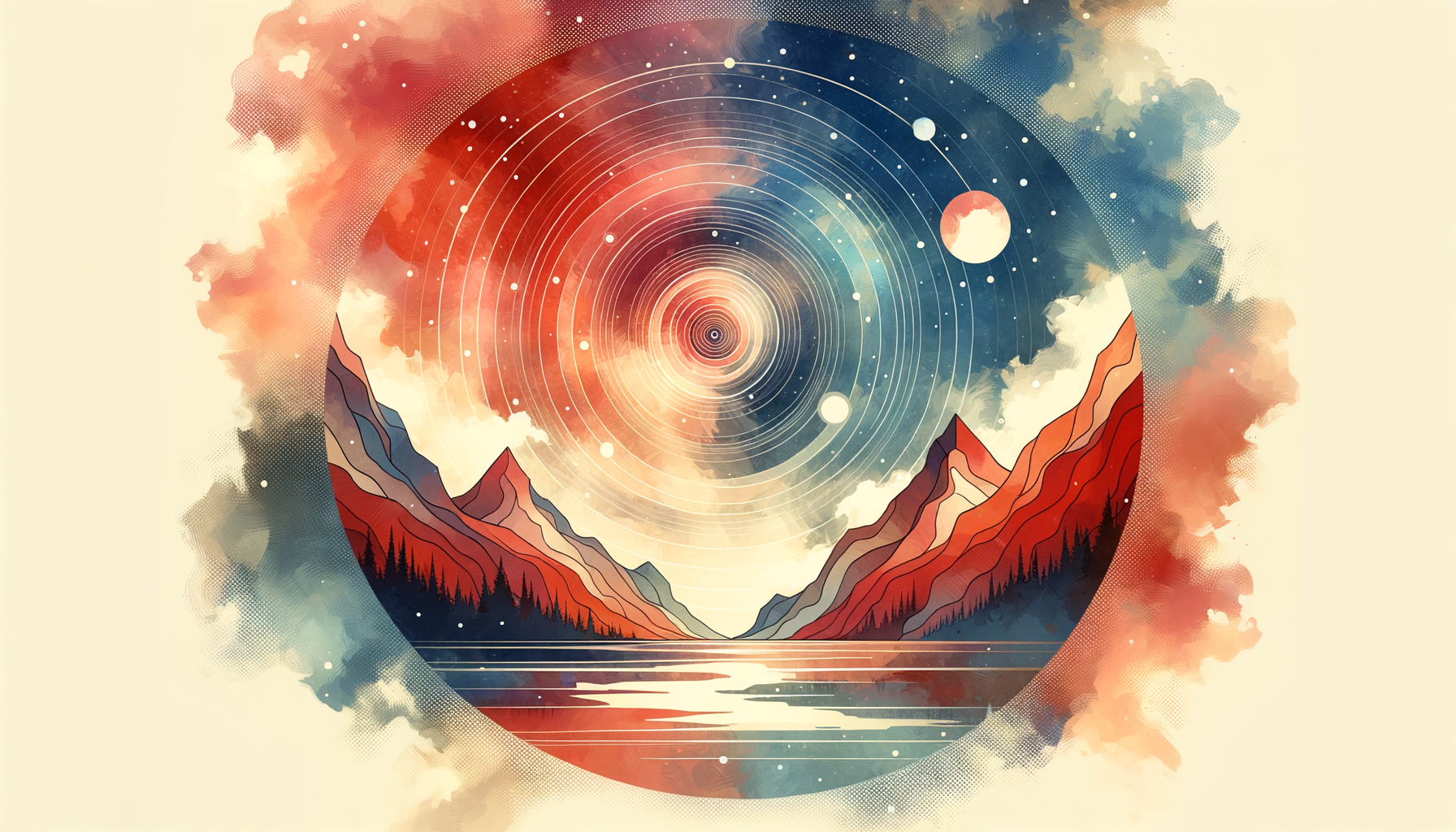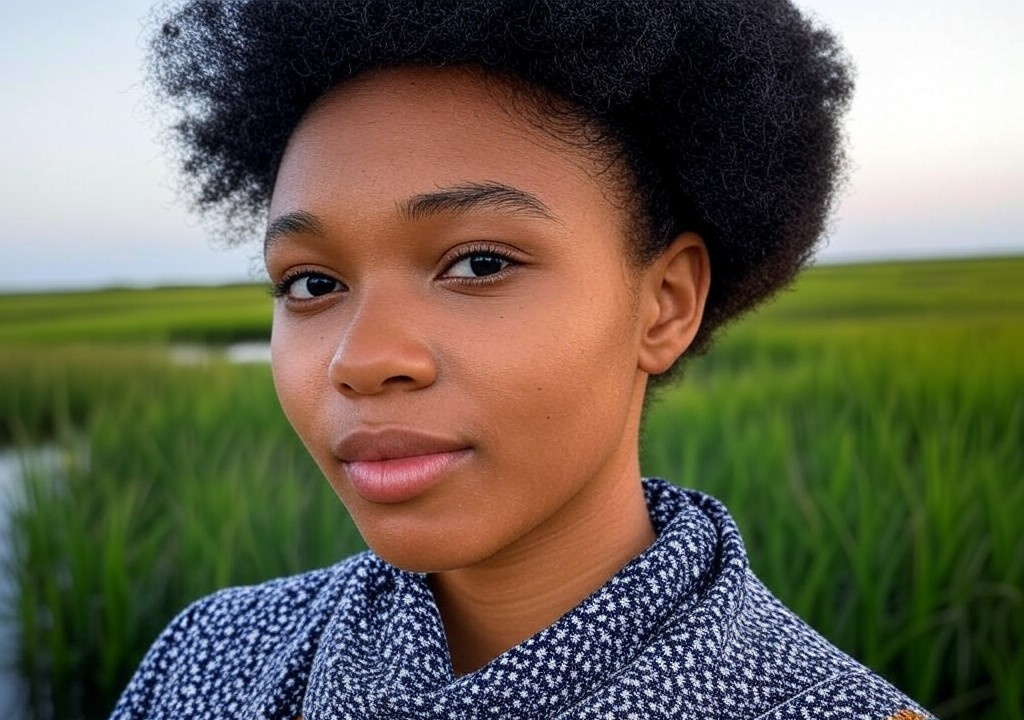Byline: The moment you realize what makes you happiest is often as unexpected as it is life-changing. For me, it came with the sweet smell of an old archive box and a sense of belonging I didn’t see coming.
The Archive of Emotions
It started with a box. Nothing about it was remarkable—not the dull gray cardboard or the faint mustiness that clung to its sides. If anything, it reminded me of an attic in a gothic novel, like I might disturb a ghost if I opened it wrong. But the magic wasn’t in its appearance. It was in the story waiting inside.
I was working as an archivist at a local museum in Montgomery, dusting off decades-old documents. Think of a scene from a Netflix drama where a brooding academic unearths a hidden truth that changes everything—that wasn’t exactly me, but the emotional weight of what I found came close.
Inside was a stack of correspondence, letters that passed between a young woman in Montgomery and her fiancé stationed in Vietnam. I remember reading one line that struck me in a way I’ll never forget: “The magnolia tree has started blooming again, and it feels like hope.” Just like that, time folded in on itself, and I was sitting next to this woman in 1968, feeling her longing, her optimism, her heartbreak.
It was in that moment I felt it: joy—not the effervescent kind you feel dancing at a wedding or nailing a first date outfit, but the quiet, deep joy of connection. I realized I wasn’t just preserving history; I was preserving humanity—lived lives, unspoken vulnerabilities, and a kind of intimacy that can only be found in the scraps someone thought to save.
Joy Isn’t Always Loud
Here’s the thing nobody tells you about joy: it’s sneaky. We think it’s supposed to announce itself with fireworks, grand gestures, or slow-motion montages set to Can’t Stop the Feeling. But sometimes joy is hushed. It tiptoes in during small, ordinary moments and nudges you like an old friend, whispering, “Hey, this is it.”
For me, it was the realization that the stories I was preserving weren’t just historical artifacts—they were love letters to the human condition. And in preserving them, I could write my own story in a way I hadn’t considered before.
What does this have to do with relationships, you ask? Everything. Because what I learned in those quiet moments of archival joy is that meaningful connection—whether to a person, a passion, or even yourself—rarely comes with bells and whistles. It comes in moments. The kind you don’t see coming.
Finding Your “Magnolia Tree” Moments
A magnolia tree blooming as a symbol of hope—it’s no exaggeration to say I clung to that line for weeks, thinking about how we all crave those little signs that reassure us everything will be okay. It’s easy to focus on the big milestones in life—engagements, anniversaries, promotions—but what fuels us most are the small, meaningful moments that anchor us when things feel chaotic.
In relationships, these are the quiet joys:
- The way they remember how you take your coffee.
- A shared look during an inside joke.
- Holding hands during the end credits of a movie neither of you enjoyed.
These moments are like magnolia trees blooming in your backyard—you may not notice every time, but they’re proof that something beautiful is happening, even in seasons of uncertainty.
What Old Love Letters Taught Me About Modern Connection
All those letters I read in the archives taught me something critical: writing down what really matters keeps you tethered to it. The act of documenting—whether through words, actions, or even just being fully present—gives permanence to fleeting moments.
So here’s your takeaway: be the archivist of your own relationships. Pay attention to the details. Tell people how you feel. Write “thank you” notes, even if they’re just texts. Start a journal (or a collection of half-written thoughts in your notes app—same energy). Preserve the little things because the little things are everything.
If a 23-year-old woman in 1968 could pour her heart into a letter and remind her fiancé of blooming hope halfway across the world, we can certainly take two minutes to voice a compliment or draft a heartfelt text today.
My First Step Toward Passion
The first time I truly felt joy doing what I love came in realizing that joy itself can be a breadcrumb trail. For me, it started with those archives and led to a career rooted in storytelling, from listening to the oral histories of people too often left out of the narrative to writing about relationships here and now.
And let me tell you: writing and relationships have more overlap than you’d think. Both are about discovering truths, finding meaning, and owning your story—no matter how messy or vulnerable it may be.
Your Joy, Your Journey
If you’ve made it this far, maybe you’re wondering about your own breadcrumb trail. Don’t stress if you haven’t found what lights you up yet. It might show up in a completely unexpected way. (For instance, I thought I’d end up writing dry academic treaties on Southern social dynamics. Instead, I’m here, telling you about magnolia trees and vintage love letters.)
Here’s my advice:
- Be curious about everything. You won’t know what brings you joy until you start exploring.
- Let go of the myth that your passion needs fireworks. Sometimes it’s a whisper while you’re doing something that feels surprisingly right.
- Remember that joy changes and evolves. The thing that fulfills you now is allowed to shift, grow, or transform into something new.
Because, as it turns out, joy isn’t a one-time event. It has seasons, just like a magnolia tree. And if you’re patient, you’ll see it bloom again and again.
So take a minute today to think about what feels like hope to you right now. Is it a quiet morning wrapped in a favorite blanket or a small act of recognition from someone you love? Focus on that. Watch it grow. And don’t forget to write it down—it might just be worth remembering someday.



